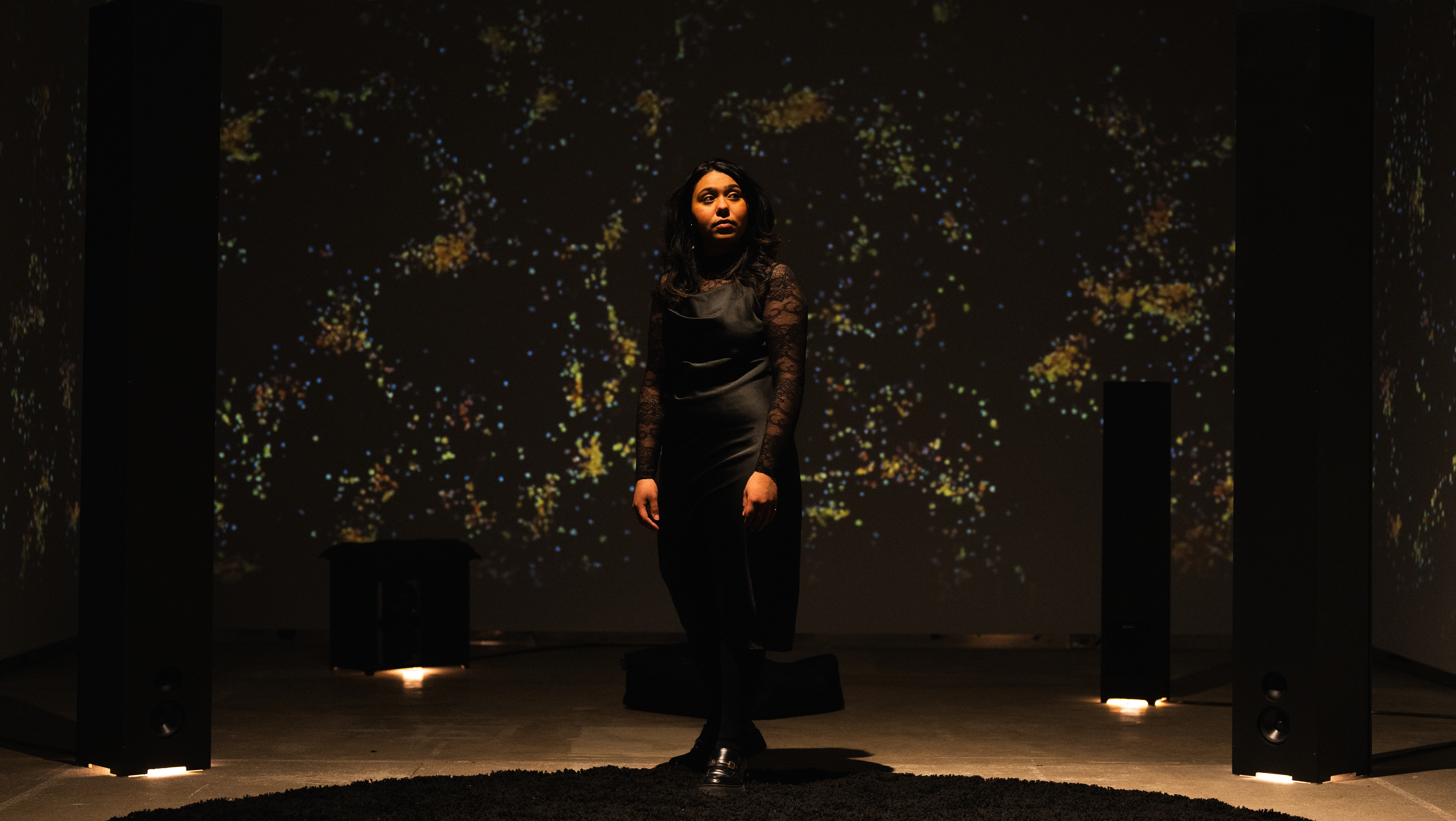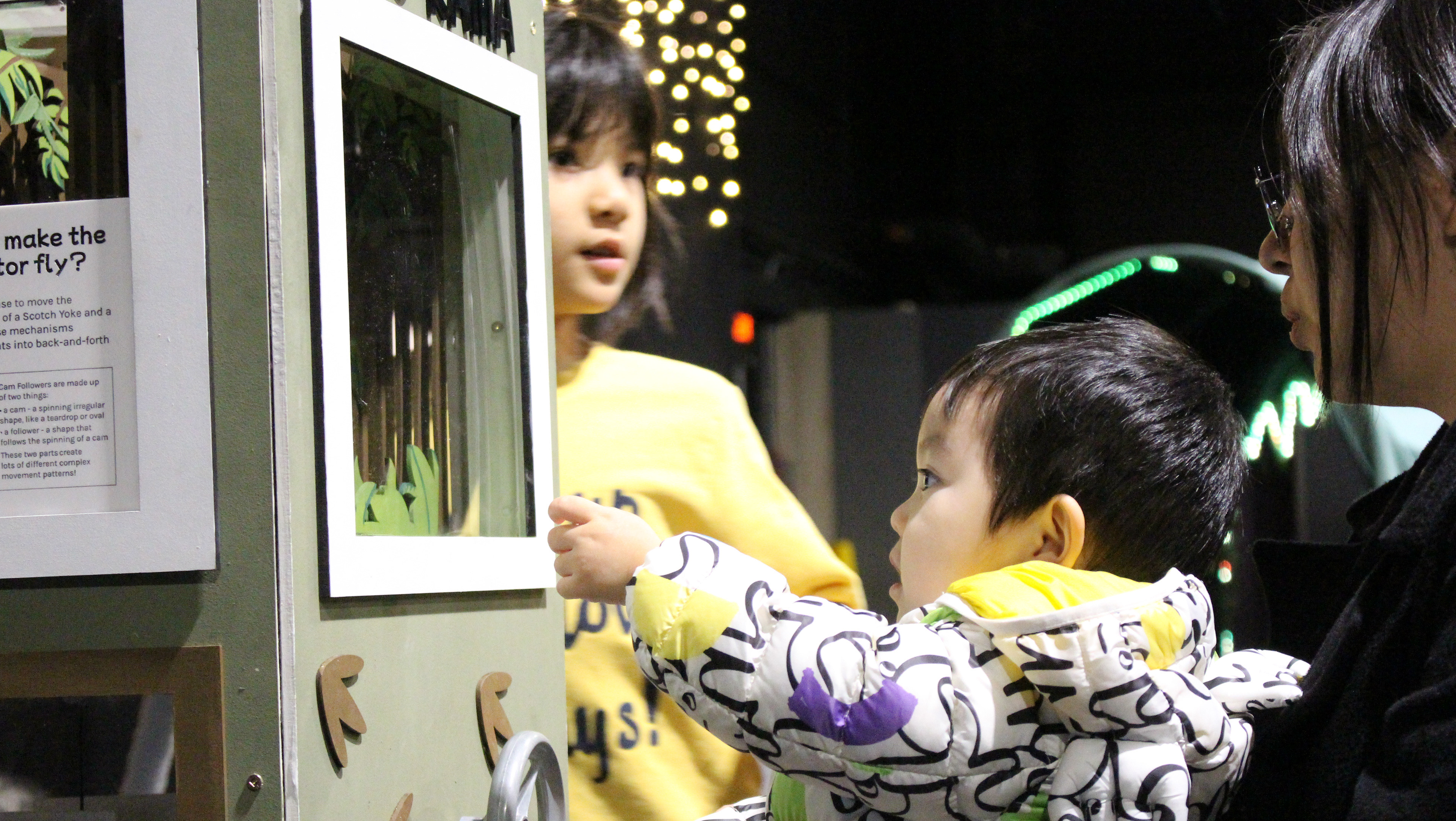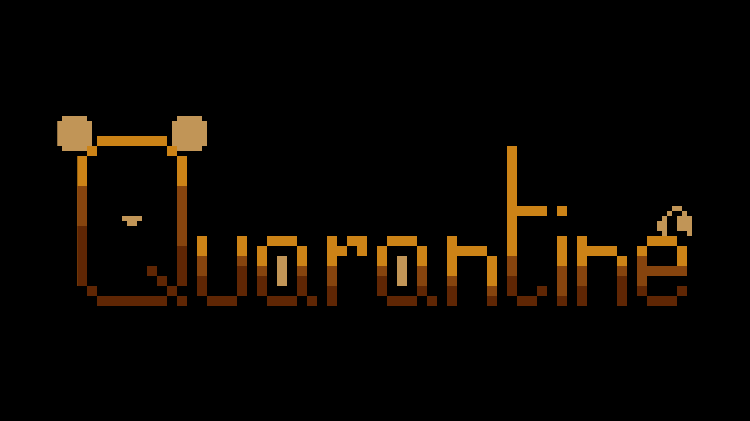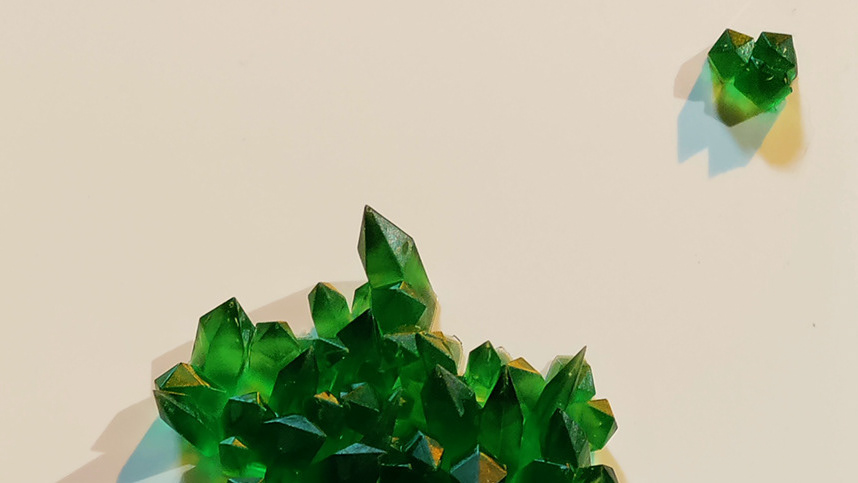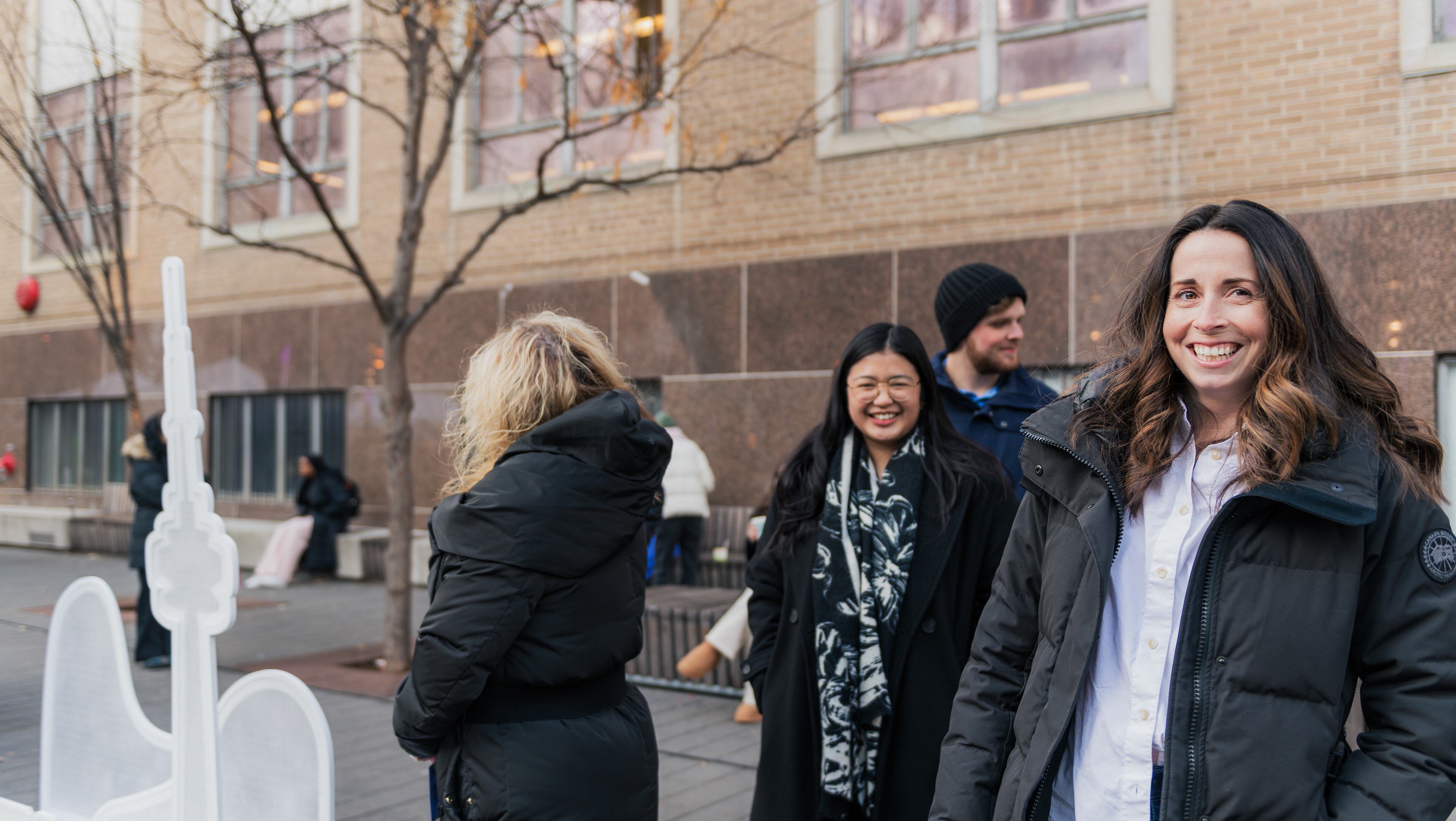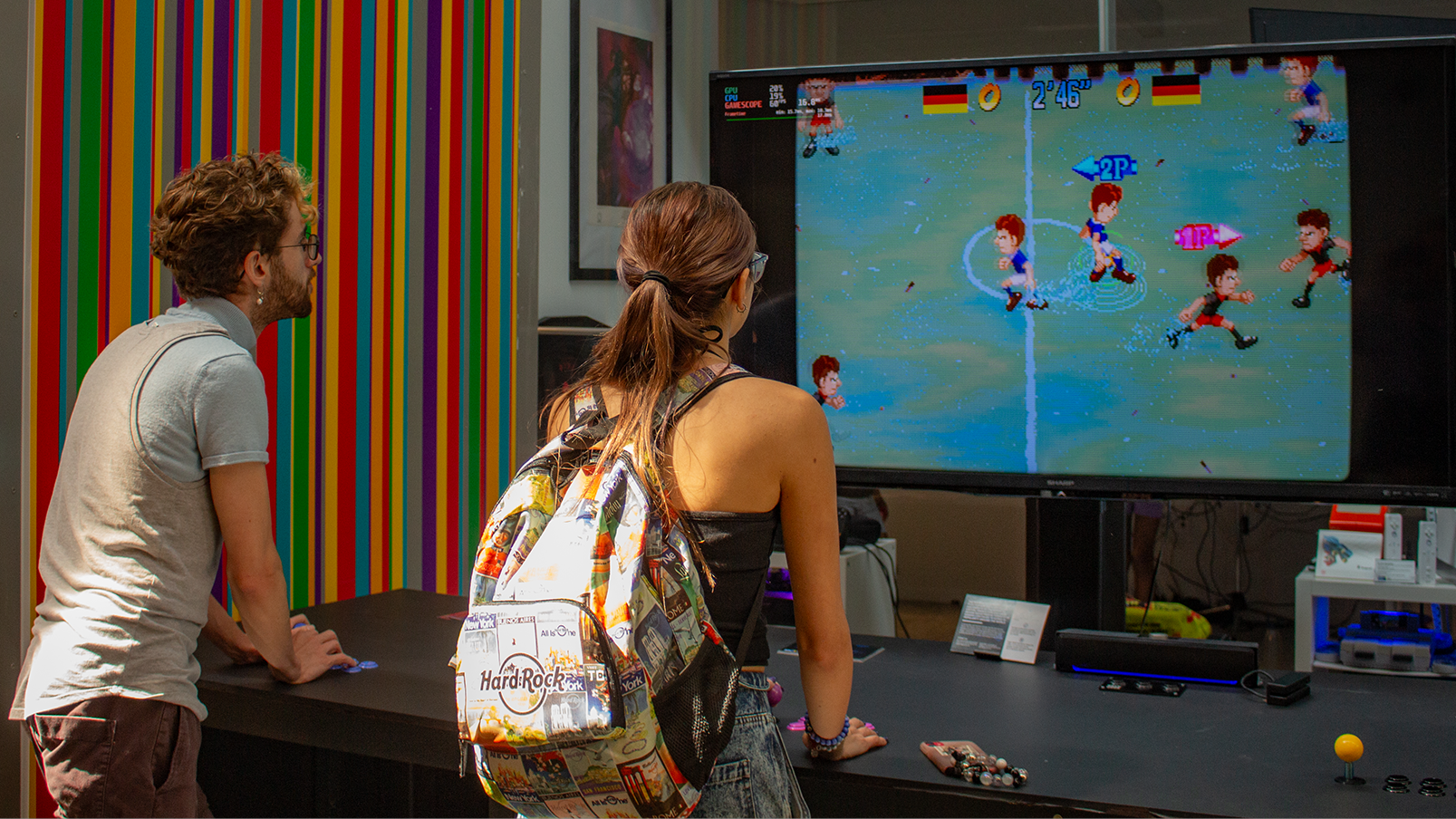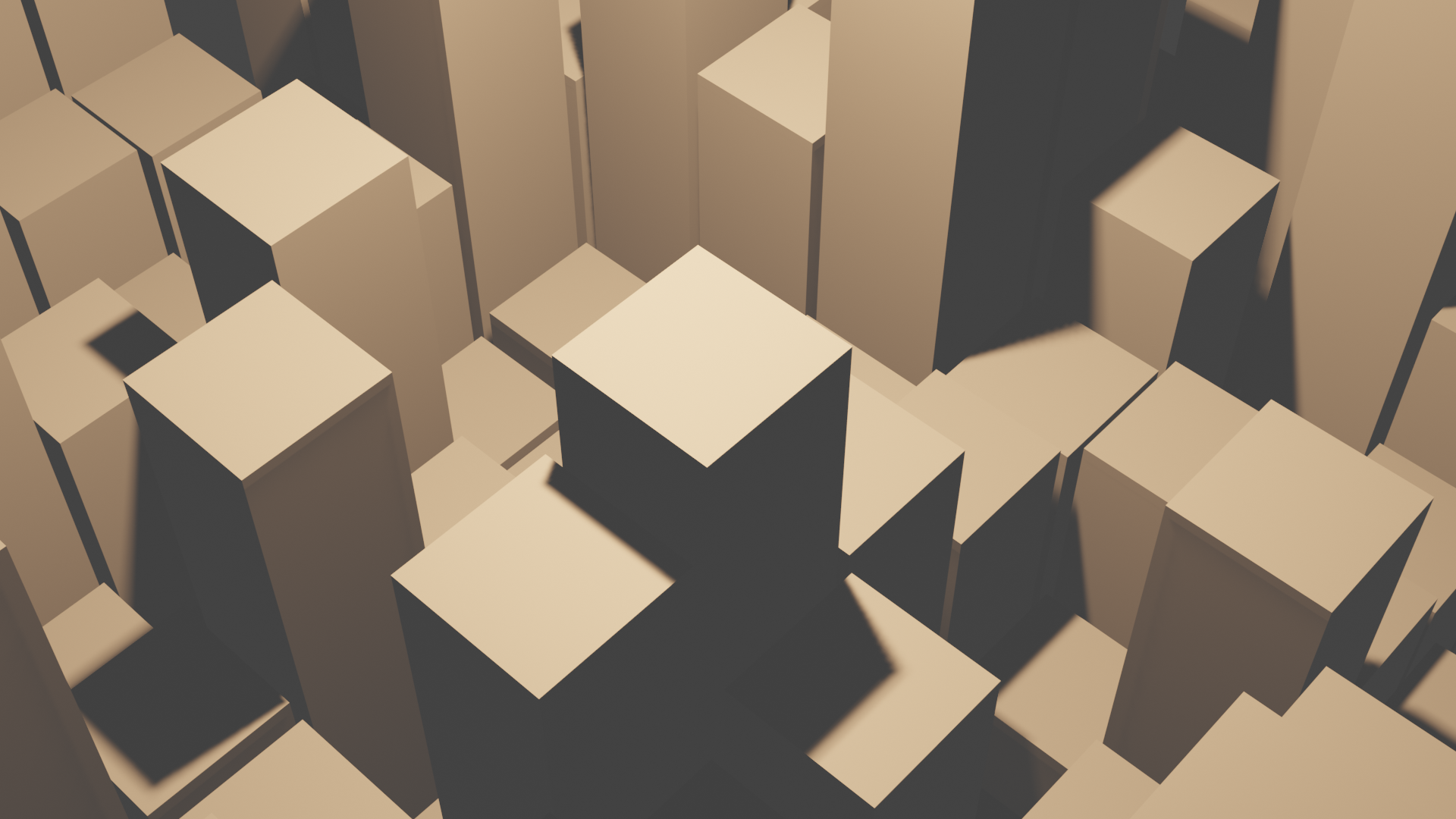Introduction:
Within my field of study, the notion of constant surveillance and data collection is a topic that is heavily considered. Which, of course, seems completely understandable. In order to create a more immersive experience we need to have the personalities of the user down to pat – otherwise how else will we be able to compete with others for the attention of the user?
To me it’s an interesting thought – in order to use something, that something must use us. We are both the product and the consumer – the person buying/using the thing, and the thing being sold to others based upon a profile built for us.
But where is it that the line is drawn? When is it that the user becomes less of an entity with feelings, and instead becomes a statistic that’s thoughts and privacy can’t possibly be considered?
Things that survey us - things that build little profiles so that we can be sold - are becoming and everyday norm. Personal electronic assistants like Siri, Alexa, and Cortana are becoming more accessible and convenient. They listen when we say a key word, and do what we want –
So long as we use them the way we’ve been trained to that is.
And all it cost us is our souls. Nothing to much, really.
I must admit that, while surveillance and data collection for the sake of profit is a deeply rooted concern, they are not the main point of the installation I have created. Instead, I was more interested in exploring what the surveillance and data collection culture has done to the user; How the products have engineered a society full of voyeurs. People who want to pry into the lives of others to observe and satiate their own curiosity[1][2].
Perhaps a part of me hoped to also scare the user into realizing just how much of themselves they were putting out there. How much of themselves is becoming available to others without them knowing. What could be done with the items we are becoming trained to rely on.
In any case, I know that there’s nothing I can do to solve this - so why not indulge in the unspoken forbidden act?
Why not explore what would happen if your actions were reflected back at you?
[1] Medina
[2] Merriam-Webster
The design process:
Initially I had wanted to create something that would very much mimic the act of surveillance that was found in using social media. The installation would have two screens: one screen with a feed in likeness to Meta’s Facebook or Instagram, and the other that would show the user as they were creating the post. By scrolling through the feed and clicking the post, the user would be able to see the various things the creator had went through to make it and explore a more messy and personal side that the post wouldn’t show. I wanted to focus on what Medina had mentioned in her article – that of indulging the unspoken urge to find more and satisfy our curiosity[3].
[3] Medina
After presenting my initial proposal and lo-fi prototype and getting feedback, a came to be unsatisfied with it. The piece wouldn’t explore the back and force that could – and should – be brought to attention with surveillance in technology. The feedback from the product wasn’t personal enough, which meant it wouldn’t be as engaging or memorable. The interaction was overall very basic and boring.
I wasn’t satisfied, and it needed something more.
With this in mind, I decided to really brainstorm about surveillance and drop data collection all together. What did it mean to be watched? What did it mean to watch others? How are existing tropes already exploring this? How does television and film, which relies on using the user’s voyeuristic tendencies, achieve in capturing attention? How might I create something that would do something similar? How might I go further and make it even more unnerving? How might I make use of design principles to make it more interactive?
I think at this point in time, I was reminded of the book 1984 by George Orwell[4]. Within the novel the characters live in predesigned homes that have little of their personal selves. The government in in control. The government is always watching. They have eyes everywhere.
The notion of a specific household item in the novel really spurred me subconsciously in this project. It was that of a television that was mandatory in all the homes. One that all the citizens had to watch daily. One that returned the favour.
[4] Orwell
With this notion I came to sketch my second lofi-prototype and developed my new “What if” question: What if… what you were watching watched you back?
For the first two sketches I stuck fairly close to this at home and watching notion. They would be screens mounted to a wall, and a camera would be hidden in decorative sight to take data and switch the video that would play. But these were too boring. They were too static. They were too normal.
I wanted something more organic – something that seemed like it was living and watching. Something that would unnerve.
And so I came up with my second type of design.
This one would be more like a tree or plant. It would make use of the two screens that I would need (one for showing the video, and the other being my laptop that would make use of the data and choose the video feed). It would have eyes that would watch you back. This one sparked the sick sense of joy to battle the fear and unease.
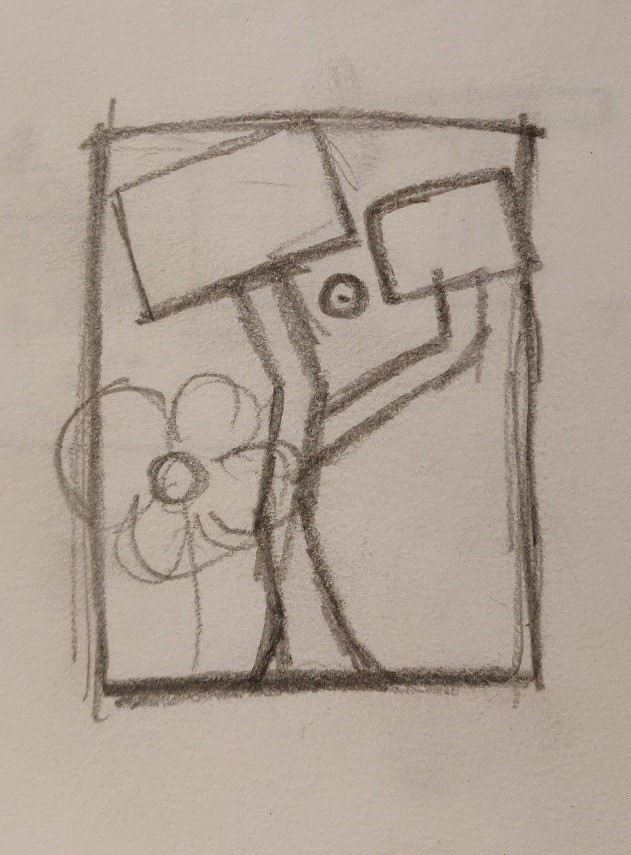
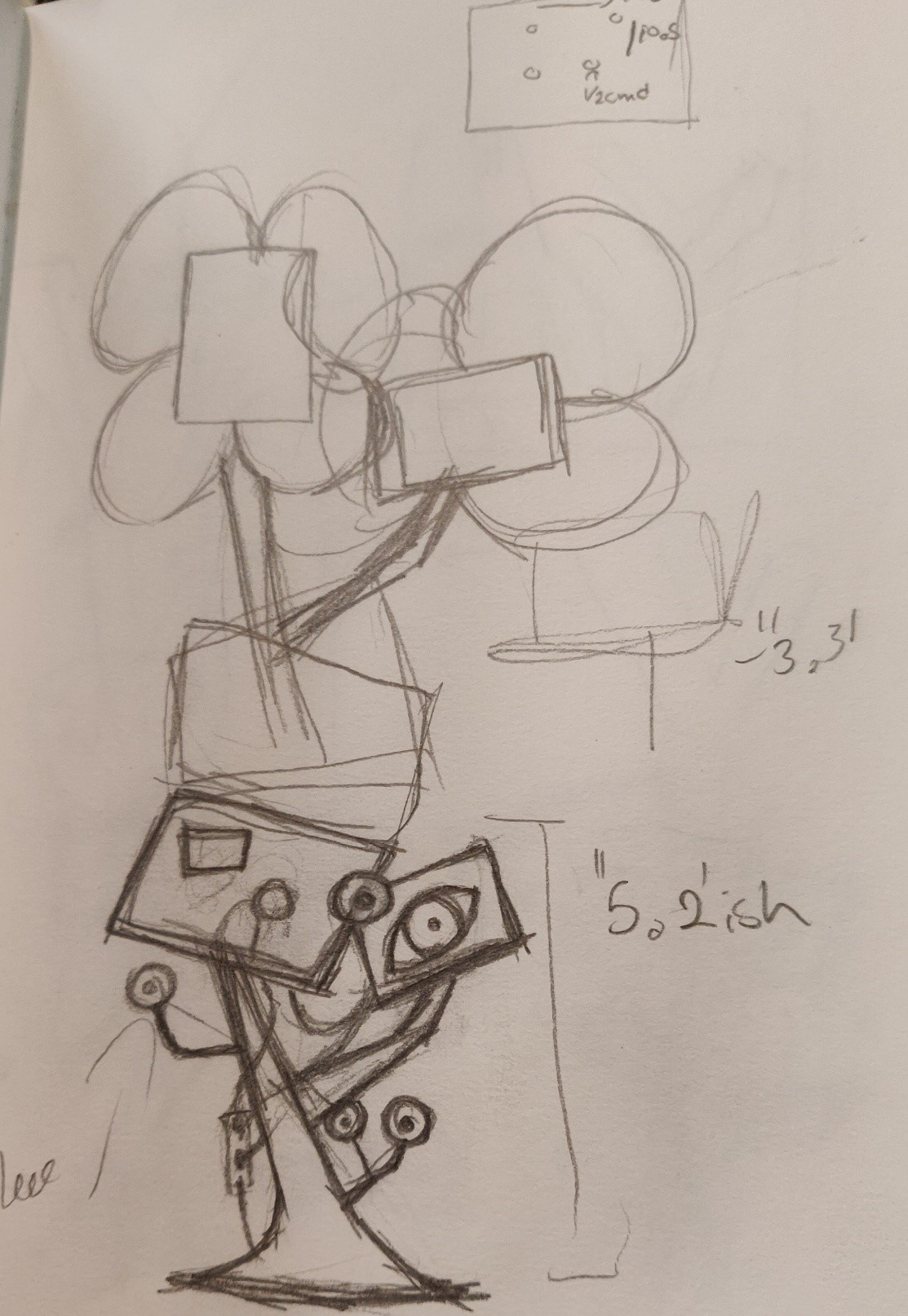
The final outcome:
It has come to my attention through my presentation in critics, that what I had presented in class was not in fact, a high-fidelity prototype, but rather a proof of concept. I think that, for the purpose of class, what would be considered the high-fi was the version of my project that I had shared during the last work period?
As this project would also make use of computer vision, I had used the skills and projects I had made in Interactive spaces to make a very basic experience in Touchdesigner that would take the x-position of the blobs associated with objects moving in view of the camera (in this case that would be the viewer), and would switch between three different videos (two of a person going about their life that could be watched, and one of them watching you back and acting weird) based upon it.
After a bit of user testing one of the videos did change. I was informed that the sense of unease wasn’t prevalent in the video that watches you back, and decided to edit it more to make it seem even more wrong. Taking reference to a few horror scenes In films, I reversed the playback of it (which created the weird effect of gravity working backwards), took down the saturation, pulled up the light and dark elements, and layered the video on top of itself with a darker blend mode
I realize now that this and a foam core version of the screen & tree and the Touchdesigner file would have possibly been enough for the context of the class, but before crits had thought it wouldn’t be enough. I had wanted to make a prototype that would truly allow for the full experience.
So I did more.
I took apart an old monitor from value village and mounted the screen, imports panel, and battery onto a wooden frame. I soldered a led strip to a battery pack to create back lighting, as the screen previously used florescent bulbs that are energy inefficient, dangerous, and heavy. I cut and sanded two fronts of a tree out of panels of wood. I tried to figure out the best lighting and environment for the installation.
In the end what I had wasn’t a high-fi prototype by means if the class, but I had thought, that since I didn’t include all the elements I had wanted, of it as a prototype.
Works Cited
Medina, Mia. "From Imagination to Information: Therapist's Curiosity and Voyeurism in the Age of Social Media." Contemporary Psychoanalysis, vol. 57, no. 1, 01/02/2021, pp. 115-124, www.summon.com.
Orwell, George. 1984. Secker & Warburg, 1949.
“Voyeur.” Merriam-Webster Dictionary, Merriam-Webster, N/A, https://www.merriam-webster.com/dictionary/voyeur. Accessed 27 December 2021.
